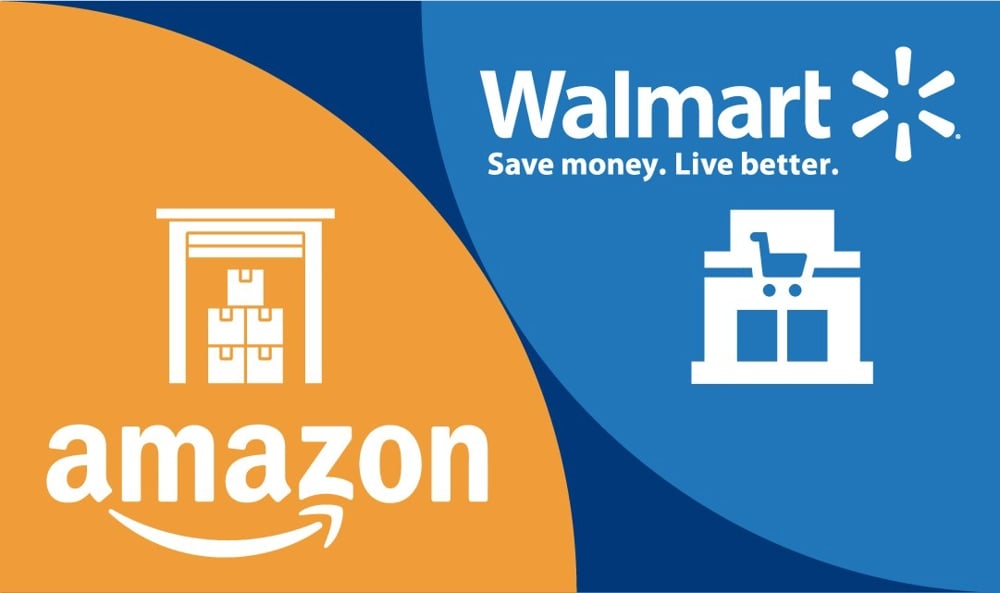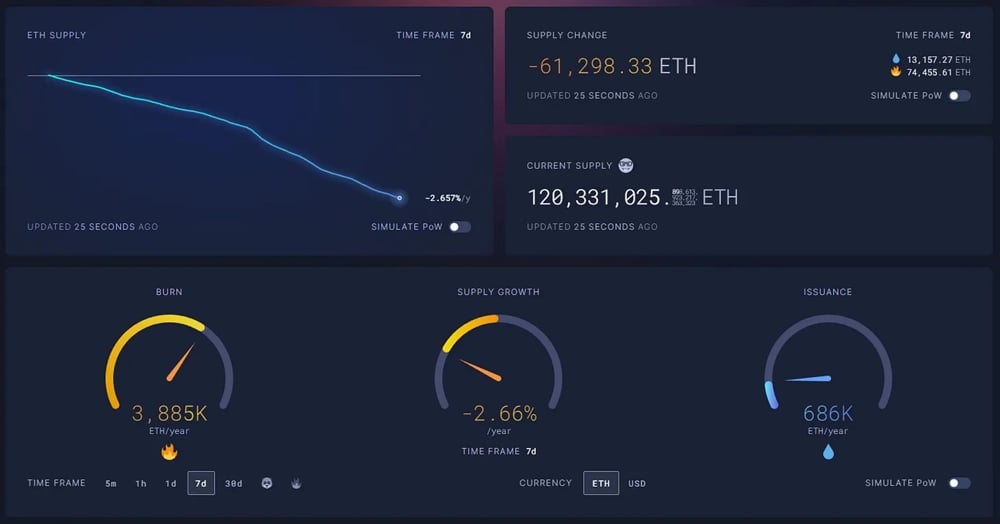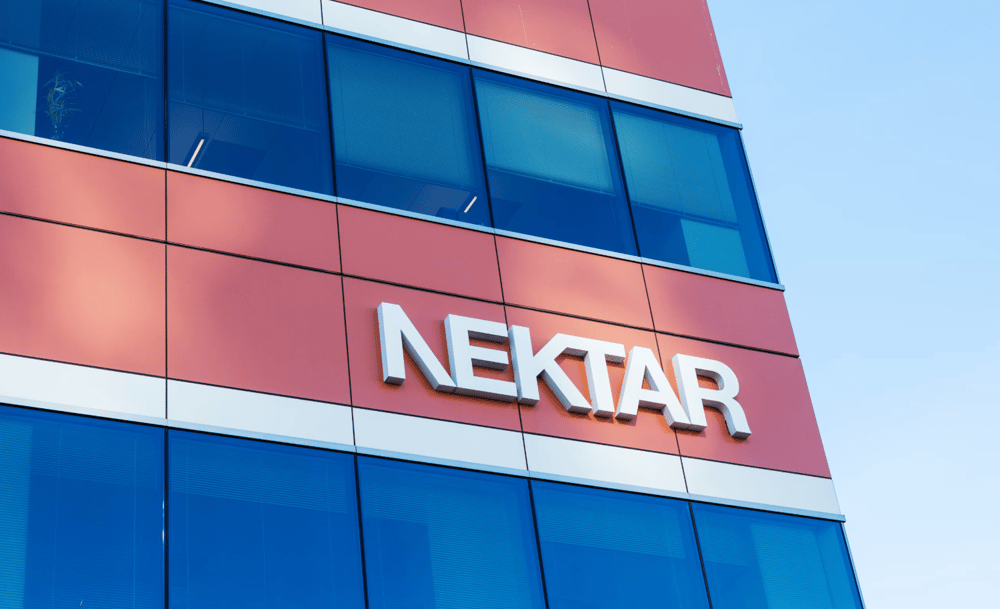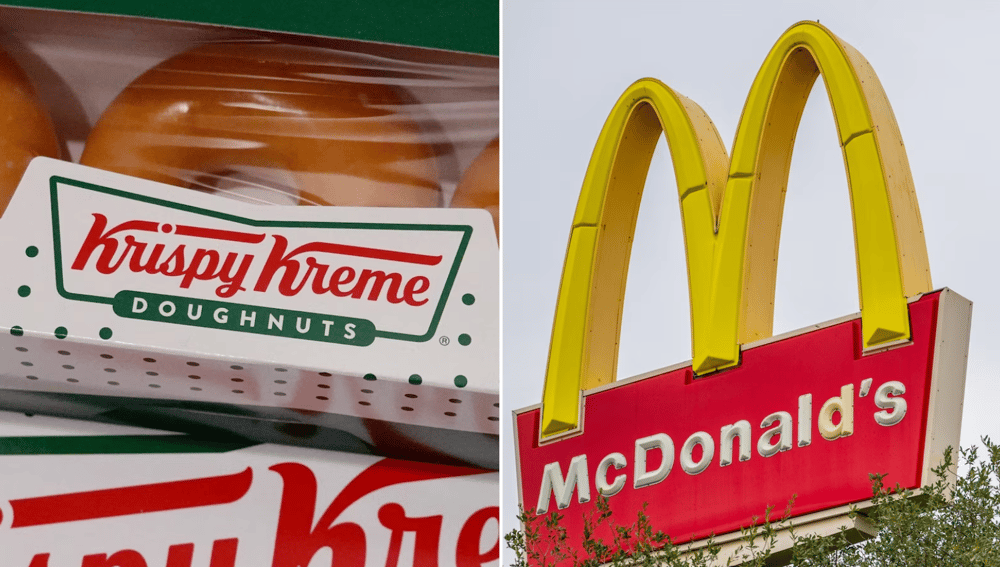Stablecoin Ambitions Intensify as Retail Giants Explore Blockchain Payments
The momentum behind stablecoin-based payments is gaining attention across the global commerce landscape. Reports suggest that Amazon $AMZN and Walmart $WMT are evaluating the launch of proprietary tokens, while Shopify $SHOP has begun supporting USDC $USDCUSD payments in over 30 countries. This marks a notable shift in how major retail players view blockchain-based settlement infrastructure. However, not all observers are convinced that this trend poses a disruptive threat to legacy networks like Visa $V and Mastercard $MA.
Shopify’s Integration and Retailer-Led Experiments
Shopify’s recent integration of USDC payments represents the most concrete step among retail majors. The platform now allows its merchants to settle transactions directly in a fiat-backed stablecoin, potentially reducing reliance on traditional card networks and cutting associated interchange fees. In parallel, Amazon and Walmart are reportedly exploring broader tokenization strategies. These may include issuing private stablecoins or forming a consortium of retailers to create a unified digital token aimed at streamlining B2C and B2B payments.

Promises and Pitfalls of Stablecoin Adoption
Proponents argue that stablecoins offer several advantages over traditional card rails, such as:
Lower transaction costs by bypassing payment intermediaries
Faster settlement speeds, reducing reconciliation delays
Programmable commerce, enabling automated incentives and loyalty features
Reserve-based earnings, where interest-generating collateral can be reinvested into customer rewards
Enhanced control over payment infrastructure and consumer data
Yet despite these potential gains, most stablecoin use cases remain theoretical at scale.
Jefferies: Market Excitement Outpaces Practical Reality
Analysts at Jefferies counter the narrative of an imminent payments revolution, arguing that stablecoins lack compelling utility for the average consumer. The firm maintains that adoption barriers—such as wallet onboarding, lack of consumer trust, and minimal real-world differentiation—still outweigh the benefits. In a research note, Jefferies stated: “We do not view stablecoins as a threat to Visa and Mastercard. There remains no compelling reason for consumers to switch to them for everyday purchases”. This perspective aligns with current adoption data, which shows that crypto-native payments continue to represent a small fraction of total digital transaction volume, particularly outside of niche ecosystems.

Competitive Implications for Card Networks
Despite Jefferies’ skepticism, the strategic intent behind retailers exploring stablecoins is clear: to reduce exposure to third-party financial intermediaries. Card networks currently collect a share of every transaction processed, creating ongoing cost pressure for high-volume merchants. Stablecoins present an opportunity to disintermediate this layer, especially as Web3 wallets and APIs become more consumer-friendly. However, scalability remains a challenge. Any successful implementation will depend on resolving compliance, cross-border liquidity, consumer onboarding, and interoperability across retail and financial platforms.
Stablecoins and the Evolution of Retail Finance
While the current hype may exceed utility, the broader move toward retail-native financial infrastructure is a notable evolution. Even if stablecoins do not replace Visa or Mastercard in the short term, they are emerging as an alternative layer for programmable commerce, offering retailers new tools for margin optimization, customer retention, and payment innovation. Jefferies’ caution signals that traditional finance may not yet feel existential pressure, but ongoing developments from retail giants suggest that control over payment architecture is becoming a key competitive frontier.















Comments
It'll be fascinating to see how this shift unfolds and if it truly challenges traditional payment giants.
It's exciting to see major retailers exploring stablecoin payments, but I'm curious if they can really challenge the giants like Visa and Mastercard.